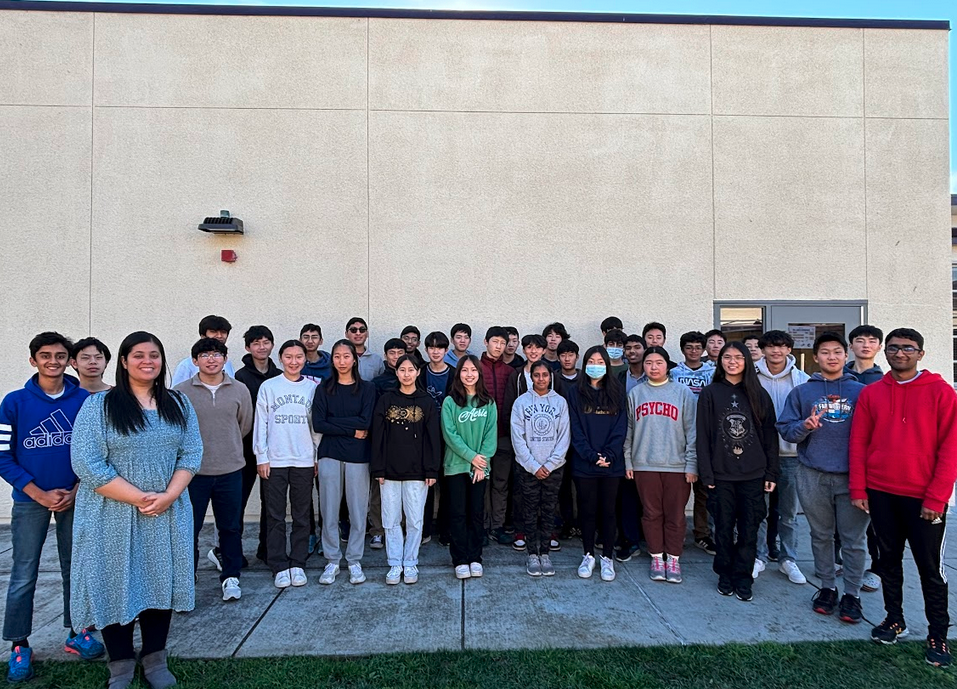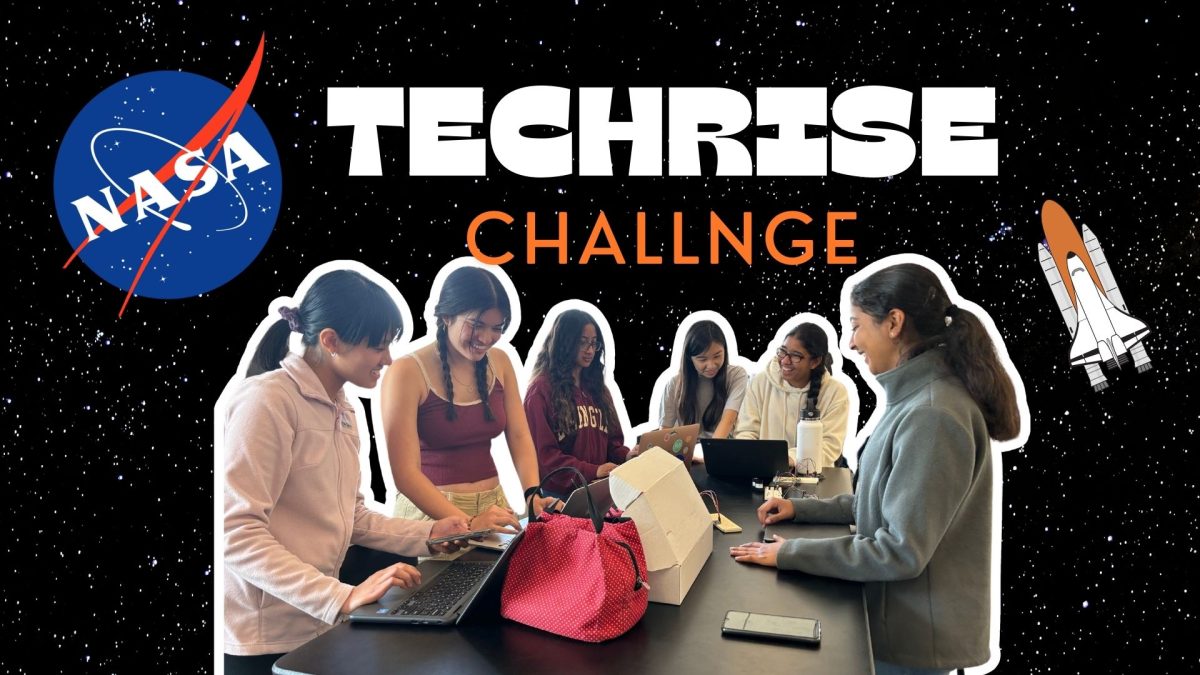Every other Wednesday, the Amador Valley Math Team meets in C2 at lunch. The club is a place where students can hang out and bond over their common passion for math.
Learning Math
During meetings, club officers go over math problems from past competitions and tests to help students learn.
“Usually, we go over problems. I’ll cover some topics that show up like math functions, as well as review past ones. I think people seeing those has helped them improve their abilities to solve math problems,” said Math Team Co-president Rohan Garg (‘26).
The club also hosts national tests such as the American Mathematics Competition each year. This year, 39 high scorers in AMC 12 at Amador Valley High School qualified for AIME, the American Invitational Mathematics Examination.
The Amador Valley Math Team attends many tournaments throughout the year. In November, they went to the Berkeley Math Tournament and in April, they went to the Stanford Math Tournament.
Both tournaments were in-person and schools attended with teams of up to 6 people. For both the Berkeley and Stanford math tournaments, the teams were composed of the same people, which helped them collaborate better to solve problems.
“[For the Stanford Math Tournament], the people on the team are basically the same. We have experience working together already,” said Math Team Co-president Kailua Cheng (‘26).
Attending Stanford Math Tournament
The Stanford Math Tournament happens annually, usually around April. The competition has both individual and team rounds that contribute to an overall team score.
“For individual rounds, you pick two subjects out of algebra, geometry, discrete, and calculus. Or, you can take a general round, which is for more new competitors. There are three team rounds: power (introduction to proofs), team round (short answer questions), and a guts round (a live-scored round),” said Garg.
The guts round is especially fun with teams working together to answer sets of 3 questions, which they must turn in before they get the next set. The round is live-scored and teams get to see their overall placement on a giant scoreboard as they complete problems.
“I think the guts round was really fun. The formatting makes it intense as there’s a live scoreboard. You can see which problems you got right or wrong when you submit, which creates a fun competitive environment,” said Garg.
Besides the main rounds, the tournament also has many fun activities such as the Integration Bee. The tournament organizers test participants on their ability to solve integrals.
The top eight scorers on the integral quiz play in a live head-to-head match to see who can solve integrals faster, using a chalkboard as team members watch. The format is single elimination and eventually, two people will be left, playing each other in a live match to be crowned champion. Rohan Garg won the Integration Bee.
“When I was playing in the finals, they gave us a bunch of integrals, which were too hard. We’re just like, standing there for a good like 10 to 15 minutes, not being able to solve anything. Then they realize that they’re too hard. So they wrote a new one, which is significantly easier. It was speed-based, and I solved it faster. I was pretty excited that I won and I got a prize for it,” said Garg.
The Amador Math Team sent two teams to the Stanford Math Tournament. Team A placed 7th overall in the tournament out of over 70 teams. The tournament was a fun experience for everyone involved.
“The tournament overall was really fun and memorable. It’s a unique experience for math enthusiasts or anyone to enjoy even if they are not that experienced in math,” said B-team member Gaurav Gupta (‘26). “There is a place for everyone at the tournament. You can do problems of all difficulties and that’s what made it the most fun.”





















